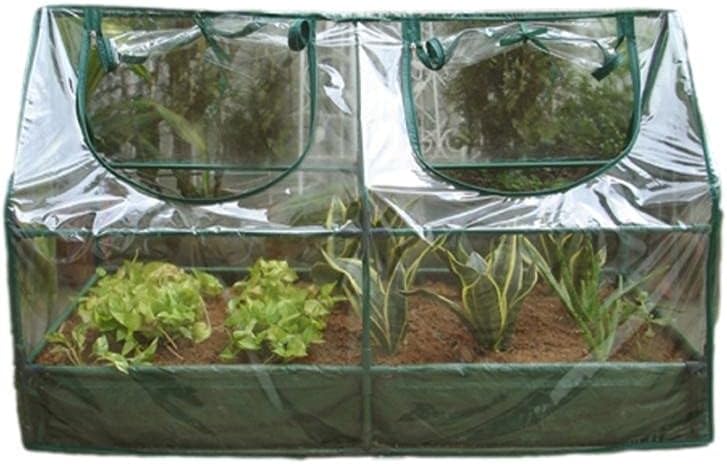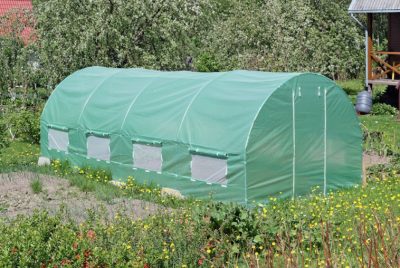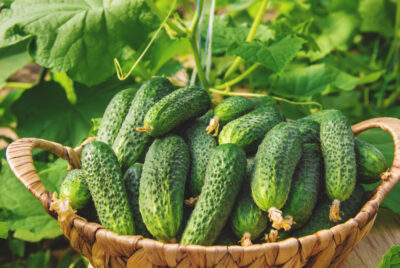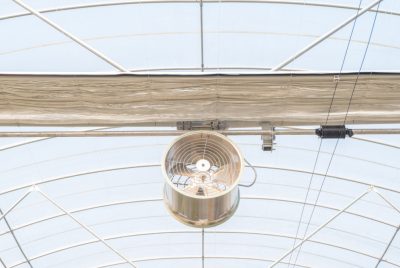What is a Cold Frame Greenhouse and Its Benefits
As a garden lover, I’ve always been fascinated by the myriad ways one can extend the gardening season and maximize plant growth. Among the various methods, a cold frame greenhouse hold a special place in my heart. Let me take you through this wonderful gardening solution and share why I find it so beneficial.
Greenhouse vs. Cold Frame
A common question I encounter is about the difference between a greenhouse and a cold frame. The key distinction lies in their heating sources. Cold frames rely solely on sunlight for warmth, capturing and retaining solar heat to create a microclimate. Greenhouses, on the other hand, often employ additional heating sources, allowing for a wider range of temperature control. This makes greenhouses more versatile but also more energy-intensive compared to cold frames.
Energy Efficiency
While cold frames are indeed more energy-efficient than heated greenhouses, it’s important to note that they still require adequate sunlight to function effectively. They are ideally placed in sunny, sheltered locations to maximize solar gain. In regions with limited winter sunlight, the effectiveness of a cold frame might be reduced, and additional insulation might be necessary.
Location and Climate Considerations
The ideal temperature range for a cold frame is between 45 to 75 degrees Fahrenheit (7 to 24 degrees Celsius). They are particularly useful in spring and fall, extending the growing season by protecting plants from mild frost. In extreme weather conditions, like heavy snow or severe cold, additional protective measures like extra insulation or temporary relocation might be needed to safeguard the plants.
Understanding Cold Frame Greenhouses
A cold frame greenhouse, in essence, is a miniature greenhouse used to extend the growing season. Unlike their larger counterparts, cold frames are more compact, making them perfect for smaller spaces. They typically consist of a transparent lid atop a low-to-ground box.
Historical Background
The concept of cold frames isn’t new. They have evolved from simple structures to more sophisticated designs, incorporating materials like UV-resistant polycarbonate and lightweight aluminum.
Key Components of a Cold Frame Greenhouse
Most cold frames are made from durable materials like wood or metal, with a clear top made of glass or plastic. This design traps heat and creates a microclimate ideal for plant growth.
Benefits of Cold Frame Greenhouses
The primary benefit of a cold frame is the extended growing season. Plants are protected from frost, allowing for earlier spring planting and later fall harvesting. They also shield plants from excess rain, wind, and pests.
Energy Efficiency and Sustainability
Cold frames require no external energy sources, making them a sustainable option for eco-conscious gardeners. They utilize natural sunlight to create a warm environment for plants.
Economic Benefits
Not only are cold frames energy-efficient, but they are also cost-effective. Many gardeners opt to build their own, which can be a fun and rewarding DIY project.
Versatility in Gardening
One of the great things about cold frames is their versatility. They can be used to grow a variety of plants, from vegetables to flowers, and are effective in different climates.
Maintenance and Care Tips
Maintaining a cold frame is relatively simple. Regular cleaning of the transparent lid and ensuring proper ventilation are key to preventing mold and ensuring healthy plant growth.
Personal Experience and Suggestions
From my experience, starting with hardy plants like kale and lettuce can be a great way to get familiar with cold frame gardening. Experimentation and patience are key.
Conclusion
In conclusion, cold frame greenhouses are a fantastic way to extend your gardening season, save on costs, and enjoy a wide variety of plants. Whether you’re a seasoned gardener or just starting out, I highly recommend giving them a try.
FAQs
How do I choose the right location for my cold frame?
Choose a south-facing spot that receives ample sunlight.
Can I use a cold frame in a very cold climate?
Yes, but additional insulation might be necessary.
What’s the best material for the transparent lid?
Polycarbonate is durable and has good light transmission.
How often should I open the lid?
Ventilation is crucial, especially on sunny days to prevent overheating.
How do I manage pest control in a cold frame?
Regular monitoring is key. Use natural pest control methods like introducing beneficial insects or applying organic pesticides.
Can I automate temperature control in my cold frame?
Yes, automatic vent openers can regulate temperature and humidity, making the cold frame more self-sufficient.
How do I optimize sunlight absorption in winter?
Angle the lid towards the sun and use reflective materials inside to enhance light exposure.
What are the best practices for watering plants in a cold frame?
Water during the morning to allow excess moisture to evaporate, and avoid overwatering to prevent mold growth.
Can cold frames be used for hardening off seedlings?
Absolutely! Cold frames are excellent for acclimatizing seedlings to outdoor conditions before transplanting.




